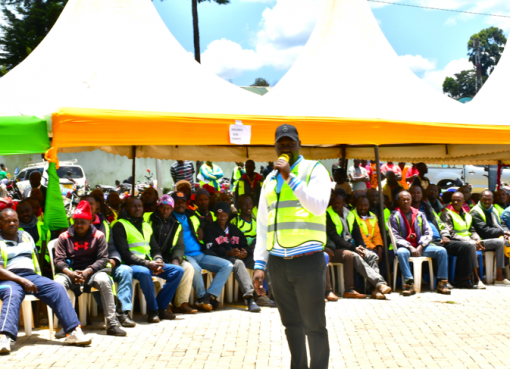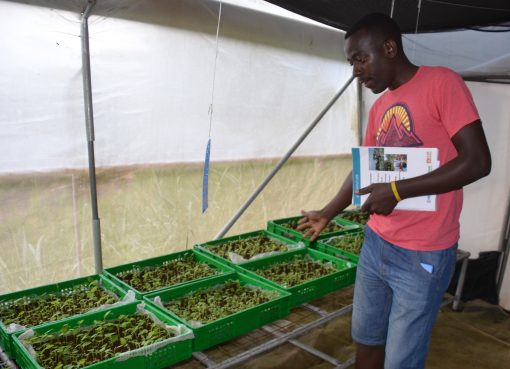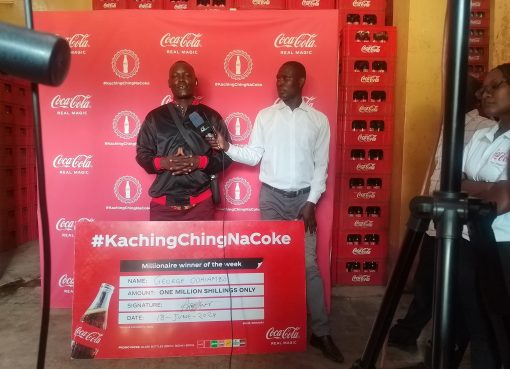The Government plans to complete 100 dams around the country in the next five years as a step towards making the country water and food secure.
Water, Sanitation and Irrigation CS Alice Wahome has said that country that is water secure will also be food secure, but lamented that budgetary constraints continue to exasperate the local water sector, making it difficult for the government to achieve its agenda of providing clean drinking water for all its citizens.
In this regard, Wahome revealed that the water ministry`s annual budget was only Sh22 billion with a further Sh58 billion from partners, which is a drop in the ocean, adding that the ministry requires about Sh120 billion annually in order to adequately meet its end of the bargain in providing clean water to Kenyans.
“We are therefore welcoming, talking to and working with various stakeholders by encouraging them to invest in the water sector,” she said.
The CS was however quick to expound that this does not mean that the precious and essential commodity will become costly for most citizens, but rather the government policy is to keep this resource as affordable as possible and will do this through its regulators.
Wahome was speaking in Naivasha during a workshop for chief officers and heads of department from the State Department of Water and Sanitation, where she also took time to be acquainted with various issues in that state department as the new CS.
She reiterated that the government was committed to revive and complete the dams that have stalled in the country such as the Itare dam in Nakuru and Thwake dam in the Eastern region so that the residents can start to enjoy using them for domestic consumption and some level of irrigation.
Wahome said each new water project will go hand in hand with downstream works such as laying of pipes as sewer system in order to save on time and resources and improve hygiene. The Ministry of Health is on record indicating that Kenya loses Sh27 billion annually due to poor sanitation which leads to ill health.
“We will work with the governors in those areas where dams have stalled in order to find ways to jumpstart them. We are looking at all the documents, especially for the case of Itare dam, where the contractor ran out of funds and we will be talking to the funders who is the Italian Government to ensure that this proceeds as planned,” she said.
The CS also appealed to Kenyans to reduce lot of litigation as far as projects are concerned as this only serves to delay citizens from enjoying the befits of that project or service.
Wahome also voiced that Kenya was losing thousands of litres of water worth millions of shillings through unscrupulous people and leakages and ordered this this stops forthwith.
She has also put on notice all those who pollute water resources by releasing row sewer into the rivers and streams and singled out the pollution of Riara River in Kirigiti area in Thika, Nairobi River and in Mlolongo and Mavoko areas, where residents allegedly empty their sewage cisterns into rivers and directed her enforcement team to work with police in restoring order in those areas.
She observed that although Kenya was a water scarce country, there are several counties that are in a dire situation as far as water is concerned and her ministry was going to pick three of them for a start and work with the county governments in ensuring proper water and sanitation in those regions and make them models for other parts of the country.
It’s worth noting that Kenya has a population of 53 million, where 15 million lack access to clean drinking water and 15 percent of the population rely on unimproved water sources, such as ponds, shallow wells and rivers.
This is according to a status report from the Ministry of Water, Sanitation and Irrigation released this year, while a further 41 percent of the population lack access to basic sanitation solutions.
These challenges are said to be common especially in rural areas and urban slums, where people are often unable to connect to piped water infrastructure.
By Mabel Keya – Shikuku





